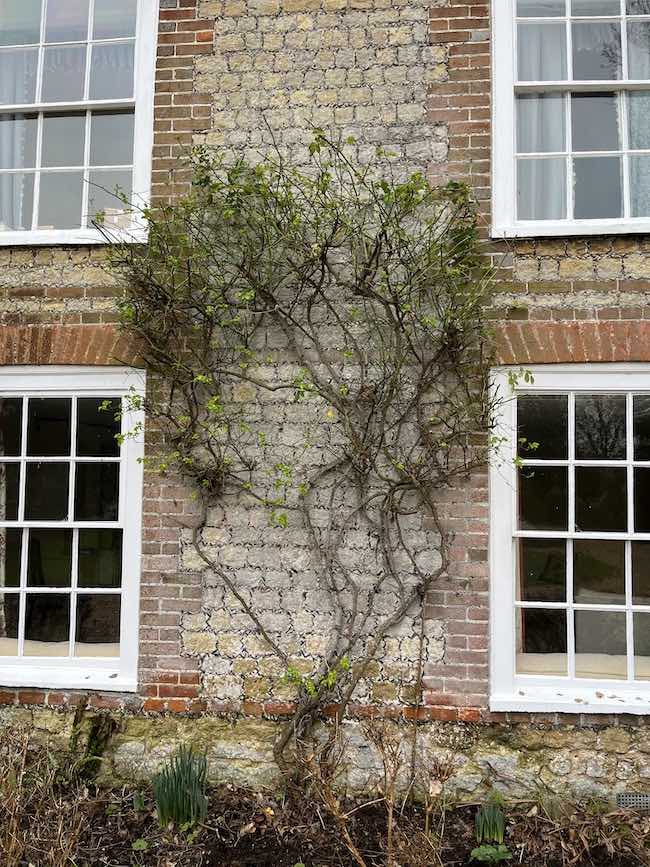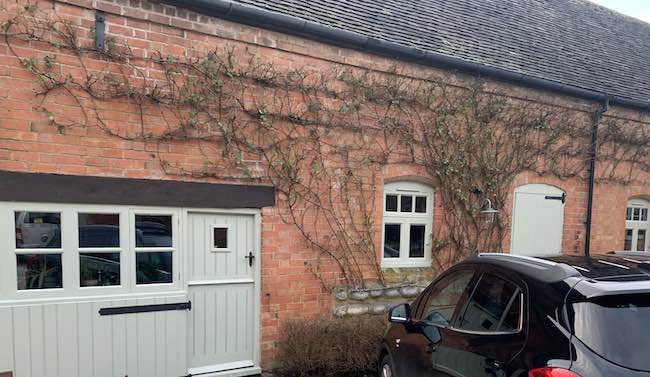
Restoring old climbing roses
Climbing roses that have been pruned incorrectly often just being pruned at the top which has produced a “haircut effect ” with a lack of flowers.
With most climbing roses the idea is to prune to help the plant create new stems over a 3 to 4 year period to create lots of flowers.
This involves removing older stems often brown in colour and allowing new stems often green in colour. Ideally, this needs to be done an a 3 to 4 year rotation so the climbing rose plants are constantly replacing older stems with new stems.
In roses that are overgrown or have not been carried for over a long time, they will need cutting back hard to remove old grown and produce new stems to create a new framework
Feeding is also essential with an annual dressing of Growmore or Top rose followed up 2 or 3 feeds over two months of Miricle gro if the climbing rose has been cut hard back then additional feeds later in the year with liquid tomato feed until September.
As the stems regrow on a climbing rose that’s been renovated by hard pruning the stems can be trained horizontally on wires, this encourages more flowers to be formed on the stems rather than flowers just forming on the top of vertical stems.

General note on pruning climbing roses
Pruning climbing roses is an important part of their care and maintenance, as it helps to keep them healthy, vigorous, and blooming profusely. Here are some steps to follow when pruning old climbing roses:
- Timing: Pruning climbing roses should be done in late winter or early spring, when the plants are dormant and before they start to produce new growth. This timing will help to promote strong new growth and flowering in the coming season.
- Identify the dead wood: Start by removing any dead, diseased, or damaged wood from the plant. This will help to prevent the spread of disease and pests, and will also improve the plant’s overall appearance.
- Identify the oldest wood: Next, look for the oldest wood on the plant. This will be thicker, darker, and more woody than the younger wood. Identify any branches that are more than 3 years old and remove them completely.
- Look for new growth: Identify any new shoots that have grown from the base of the plant or from the graft union. These will be the most vigorous and healthy parts of the plant, and they should be encouraged to grow by tying them to a trellis or support.
- Cut back remaining branches: Finally, cut back the remaining branches to a length that is appropriate for the type of climbing rose you have. For hybrid teas, cut back to 2-3 buds, while for other types of climbing roses, cut back to 5-6 buds.
Remember to always use clean, sharp pruning tools to make clean cuts and avoid damaging the plant. And don’t be afraid to prune old climbing roses aggressively, as they will respond well to this kind of rejuvenation and will reward you with plenty of blooms in the coming season.





















